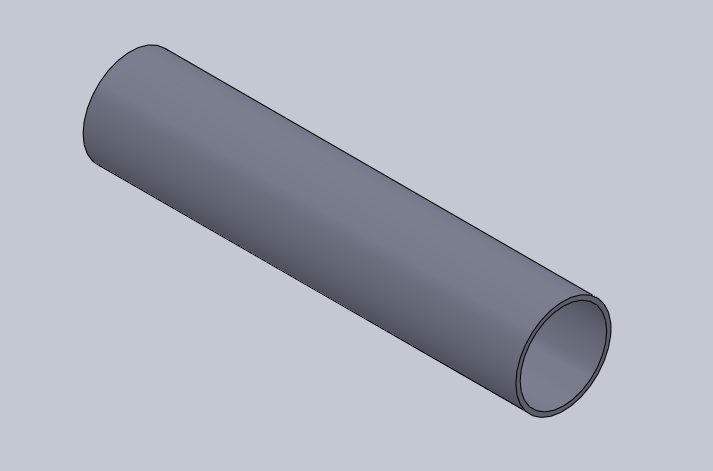I used the Jet Specs Turbo Analysis software
from the following link http://www.ivcity.com/turbosoft/
This software gives approximate estimation of some parameters of the turbocharger turbojet. It also provides combustion chamber and flame tube dimensions for the engine. Most DIY turbines use large combustors allowing for proper fuel combustion thereby achieving low exhaust temperature. Commercial gas turbines have fairly small but efficient combustors. However they are more difficult to design .The above softwares only provide dimensions for a large combustor .Since this is my first time I have decided to stick with the proven design.
Here are some screenshots of the software with my turbo's data









.png)
.png)

















